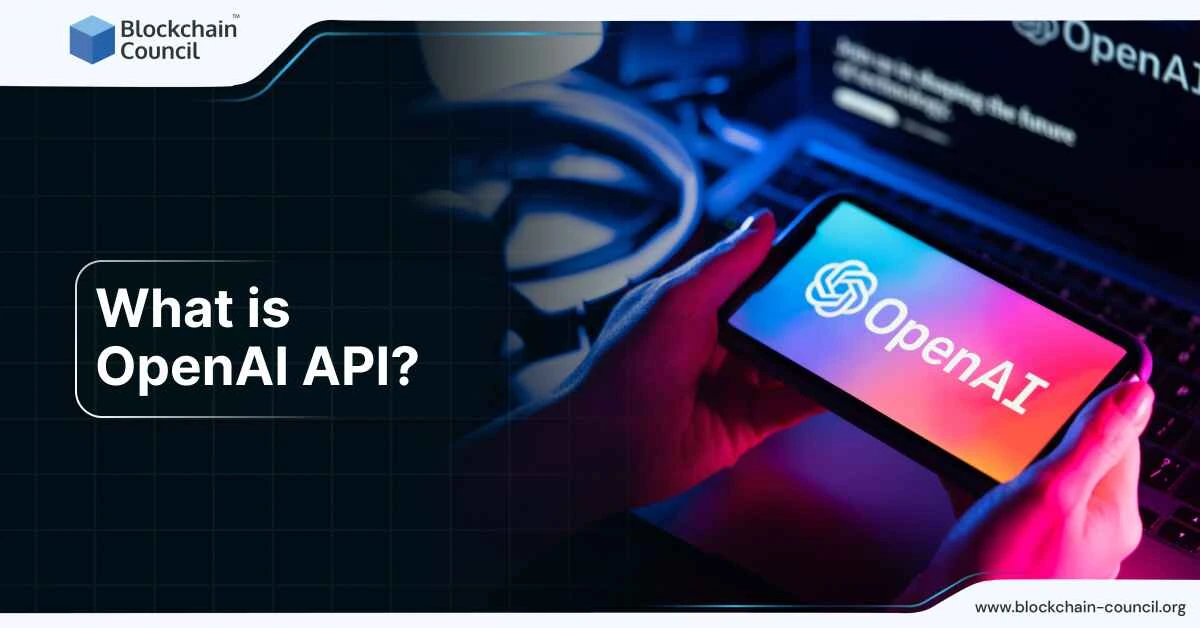Understanding the OpenAI API

What is the OpenAI API?
The OpenAI API is a powerful tool that enables developers to incorporate artificial intelligence into their applications easily. This API allows machines to comprehend, generate, and respond in human-like language. By using this API, developers can create applications capable of writing text, answering questions, or executing various operations.
In March 2025, OpenAI added a new feature called the Responses API. This upgrade allows developers to create AI agents that can browse the web, retrieve documents, and perform actions on devices, enhancing the automation capabilities available in applications.
How Does the OpenAI API Work?
The OpenAI API connects software with sophisticated AI models. When a request is made, the API sends it to OpenAI’s server, where the model processes the information and generates a suitable response. For instance, if an application queries, “What’s the weather today?”, the API quickly processes this request and returns the answer within seconds. This capability is particularly beneficial for chatbots, content generation, and programming assistance.
Evolution of the OpenAI API
Since its inception, OpenAI has consistently enhanced its API. Here are some notable advancements:
- 2020: Launch of GPT-3, enabling AI to produce text resembling human writing.
- 2022: Introduction of GPT-3.5, improving AI’s ability to understand and respond to prompts.
- 2023: Release of GPT-4, offering better reasoning capability and accuracy.
- May 2024: Launch of GPT-4o, which can work with text, images, and audio.
- March 2025: Introduction of the Responses API, aimed at performing real-world tasks.
What is the Responses API?
Launched on March 11, 2025, the Responses API allows AI agents to carry out complex functions such as browsing the internet and managing computer tasks. It will replace the older Assistants API by mid-2026. The Responses API empowers developers to create AI assistants capable of:
- Searching the web for real-time data.
- Accessing documents from storage systems.
- Executing commands on a user’s device.
What is the Agents SDK?
Alongside the Responses API, the Agents SDK was launched to assist developers in managing multiple AI agents concurrently. This toolkit streamlines complex workflows, allowing one agent to search for data while another analyzes it, thereby enhancing application efficiency.
Key Features of the Responses API
The Responses API comprises various tools designed to enhance automation:
- Web Search Tool: AI agents can access real-time information and provide sources for accuracy.
- Computer Functionality: AI can execute tasks on user devices, like file searches and navigation.
- Document Search Tool: AI can sift through extensive files and databases, valuable in sectors like legal and customer support.
Transition from the Assistants API to the Responses API
Due to limitations in the Assistants API, OpenAI developed the Responses API to provide a faster and more efficient system. The transition demonstrates OpenAI’s commitment to creating AI capable of functioning autonomously while handling intricate tasks without needing constant user input.
Using the OpenAI API
Here are simple steps developers can follow to incorporate the OpenAI API into their applications:
- Sign Up: Create an account on the OpenAI website.
- Get an API Key: Generate a personal API key via your user dashboard.
- Install SDKs: Download the necessary software development kits.
- Develop and Test: Utilize the API to build and refine AI functionalities in your app.
- Deploy: Launch the application once testing is complete.
Benefits and Constraints of OpenAI API
Advantages
- Fast Responses: AI delivers answers within seconds.
- High Accuracy: Produces logically sound and coherent responses.
- Scalability: Suitable for various project sizes, from small to enterprise-level.
Challenges
- Cost: High-volume applications may incur significant usage fees.
- Internet Dependency: The API requires an active internet connection to function.
- Learning Curve: Some programming knowledge is essential for proper integration.
Future of OpenAI API
OpenAI aims to introduce even more advanced features. Expectations for late 2025 include:
- AI agents capable of task planning, like scheduling meetings.
- Voice-based interactions for better user experiences.
- Enhanced integration with virtual reality.
Pricing for OpenAI API
OpenAI provides various pricing models:
- OpenAI o1: A premium reasoning model priced at $15 per million input tokens.
- OpenAI o3-mini: A budget-friendly model designed for coding and scientific applications.
Significance of the OpenAI API
The OpenAI API streamlines AI integration for developers and researchers. With continuous feature updates like the Responses API, OpenAI ensures that AI remains a potent and accessible resource across industries.






